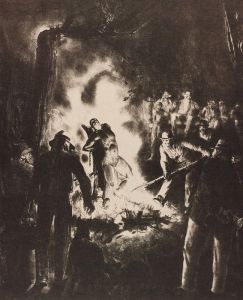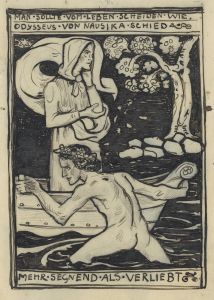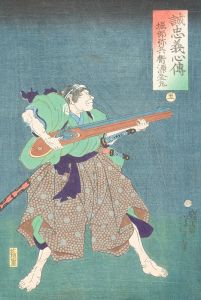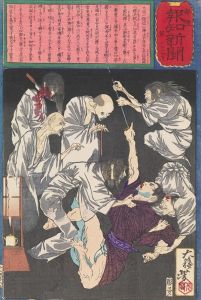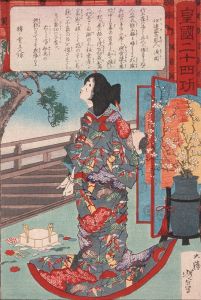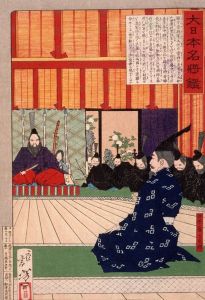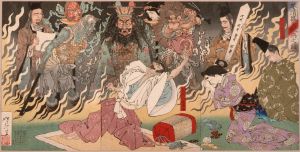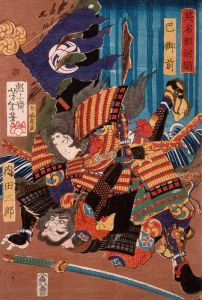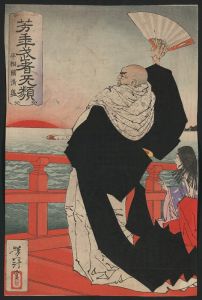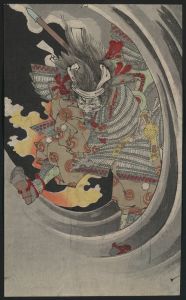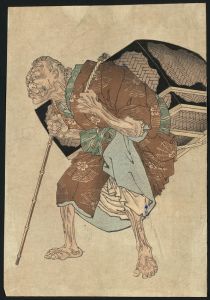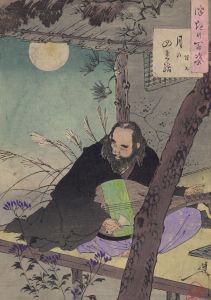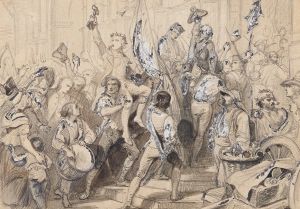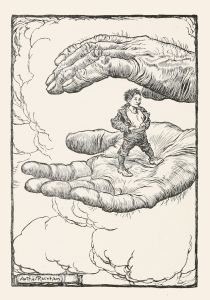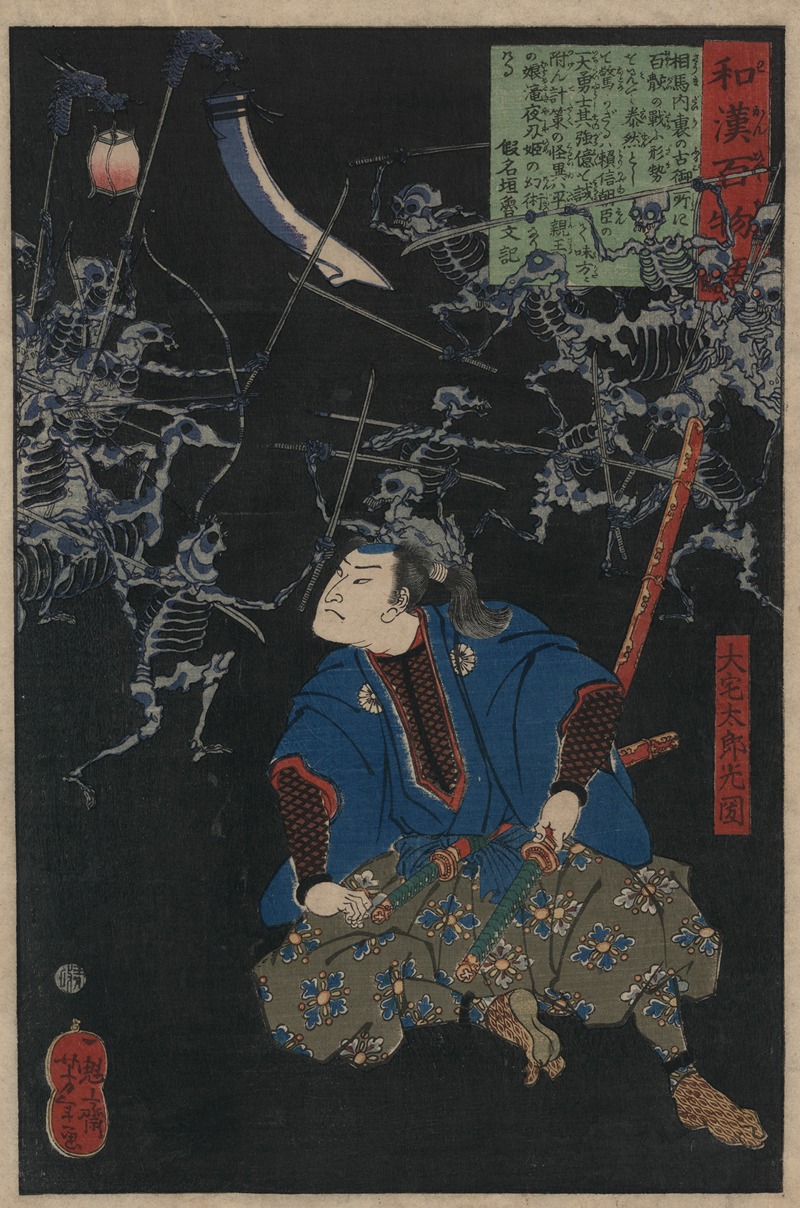
Ōya tarō mitsukuni
A hand-painted replica of Tsukioka Yoshitoshi’s masterpiece Ōya tarō mitsukuni, meticulously crafted by professional artists to capture the true essence of the original. Each piece is created with museum-quality canvas and rare mineral pigments, carefully painted by experienced artists with delicate brushstrokes and rich, layered colors to perfectly recreate the texture of the original artwork. Unlike machine-printed reproductions, this hand-painted version brings the painting to life, infused with the artist’s emotions and skill in every stroke. Whether for personal collection or home decoration, it instantly elevates the artistic atmosphere of any space.
Tsukioka Yoshitoshi (1839–1892) was a renowned Japanese artist known for his work in ukiyo-e, a genre of woodblock prints and paintings that flourished in Japan from the 17th through 19th centuries. Yoshitoshi is often celebrated for his innovative approach to traditional subjects and his ability to capture the complexities of human emotion and the supernatural. One of his notable works is "Ōya Tarō Mitsukuni," which reflects his unique style and thematic interests.
"Ōya Tarō Mitsukuni" is part of Yoshitoshi's series that often depicted historical and legendary figures from Japanese folklore and history. The artwork showcases Yoshitoshi's skill in combining dynamic composition with intricate detail, a hallmark of his mature style. His prints frequently explore themes of heroism, the supernatural, and the tension between tradition and modernity, which were prevalent during the Meiji Restoration—a period of rapid modernization and cultural change in Japan.
The subject of "Ōya Tarō Mitsukuni" is a legendary figure from Japanese folklore. Ōya Tarō Mitsukuni is often associated with tales of bravery and supernatural encounters. Yoshitoshi's depiction of this character likely draws on these traditional stories, presenting Mitsukuni in a dramatic and visually striking manner. The print exemplifies Yoshitoshi's fascination with the supernatural and the heroic, as well as his ability to convey a narrative through visual art.
Yoshitoshi's work is characterized by its vivid use of color and dynamic compositions. In "Ōya Tarō Mitsukuni," these elements are likely employed to create a sense of movement and drama, capturing the viewer's attention and drawing them into the story being told. The use of bold lines and contrasting colors is typical of Yoshitoshi's style, which often sought to evoke strong emotional responses from the audience.
During Yoshitoshi's lifetime, the ukiyo-e tradition was undergoing significant changes. The introduction of Western artistic techniques and the influence of modernization were beginning to alter the landscape of Japanese art. Yoshitoshi, however, remained committed to the traditional woodblock printing techniques, while also incorporating new elements that reflected the changing times. His work, including "Ōya Tarō Mitsukuni," is often seen as a bridge between the classical ukiyo-e style and the emerging modern sensibilities of the Meiji era.
Yoshitoshi's prints were not only artistic expressions but also cultural artifacts that captured the zeitgeist of his time. They reflect the societal shifts and the blending of old and new that characterized the Meiji period. His ability to adapt traditional themes to contemporary contexts made his work particularly resonant with audiences both in his time and today.
"Ōya Tarō Mitsukuni" is a testament to Yoshitoshi's mastery of the ukiyo-e form and his deep engagement with the cultural narratives of Japan. His work continues to be celebrated for its artistic innovation and its ability to convey the rich tapestry of Japanese folklore and history. Through his prints, Yoshitoshi has left a lasting legacy that continues to influence artists and captivate audiences around the world.





